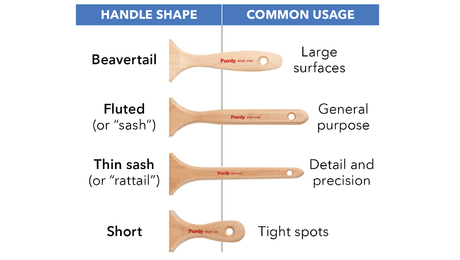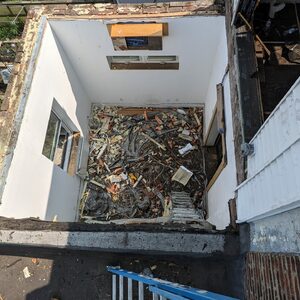Gang, is there any reason that I should avoid undertaking a repair on a rubber roof while it’s cold… or more specifically… is there a temp at which you wouldn’t attempt it?
Any patching techniques you’ve found work especially well?
I’ll be putting windows in an old house in a couple of weeks, and taking out the old window will leave a hole in the membrane requiring repair. Seems the folks who installed the rubber roof felt the old sill was a good place to tie off the roofing membrane!
Thanks!
_____________________________
HomeBase
__________________________ LLC



















Replies
As far as I know, you can repair a rubber roof in cold weather. Certainly at 32 degrees. If it was an emergency situation, I would attempt it regardless of the temp. Of course, the rubber you are dealing with must be dry. A hair dryer might come in handy.
I would be using material that was kept at room temp up until the moment of repair.
Patching technique depends on what you are patching. I've used scraps of rubber and uncured(?) rubber; the appropriate cleaners, primers, and adhesives; and water stop and the black "caulk" applied to seams (my mind has gone blank!).
Rich Beckman
Another day, another tool.
i do it in the cold but then 32 is cold to me... i clean with gas (as per the manufacturer) use the suppliers contact cement... and caulk the seams with their seal sealer (black caulk)... the stuff i use u can buy in 6" wide rolls when i have a bad or suspect seam i just lap the whole seam with this 6" stuff and no worries...
Thanks guys. Any favorite brands? I'm an "interiors" guy, and don't get much call for this kind of thing._____________________________HomeBase__________________________ LLC
"Any favorite brands?"I just use whatever is available.Rich BeckmanAnother day, another tool.
You can do repairs in the colder weather, you just have to wait longer for the solvents in the glue to flash off before applying the rubber membrane. If you are gluing EPDM to EPDM you should be using a splice adhesive rather than the contact cement which is meant for EPDM to wood, concrete or insulation.
As was suggested in another post, keep everything inside and warm, especially the adhesives and sealants, until you are ready to use. Make sure the existing rubber is completely dry before doing the repairs.